Chicago Society's 2016 Conference Space: Speculation and Exploration
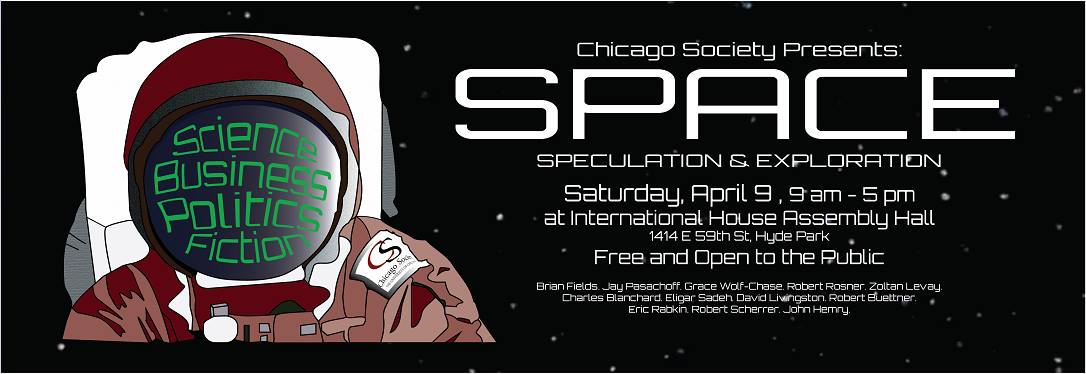
The University of Chicago's Conference titled "Space: Speculation and Exploration" is a day long event, hosting speakers from across the country. The conference aims to inspire public fascination and contemplation of the universe by connecting renowned professors and experts on space from various fields of science, economics, politics, and fiction with University of Chicago students and community members.
Panels
KEYNOTE:
- Robert Rosner- University of Chicago Professor in Astronomy and Astrophysics and Physics
SCIENCE PANEL:
- Jay M. Pasachoff- Williams College Professor in Astronomy
- Brian Fields - University of Illinois Professor in Astronomy
- Grace Wolf-Chase- Adler Planetarium Astronomer
- Zoltan G. Levay- Imaging Group Lead in the Office of Public Outreach at Space Telescope Science Institute
- Scott Sandford- NASA Astrophysicist
BUSINESS AND POLITICS PANEL:
- Eligar Sadeh- CEO of Astroconsulting
- Charles Blandchard- former General Counsel of the Air Force and the Army
- David Livingston- Host of The Space Show
FICTION PANEL:
- Eric S. Rabkin- University of Michigan Professor of English Language and Literature and Professor of Art & Design
- Robert J. Scherrer- Vanderbilt University Professor and Chair of the Department of Physics and Astronomy and science fiction blogger
- John Hemry- New York Times Best Selling Author of The Lost Fleet series
- Robert Buettner- National Bestselling Author of Jason Wander and Orphan's Legacy series
Conference Schedule

Click Here to Register!
Registering is not required to attend the event, although it is recommended
The conference is free and open to the public. Free breakfast and lunch will be provided as well.
Speakers
Robert Rosner
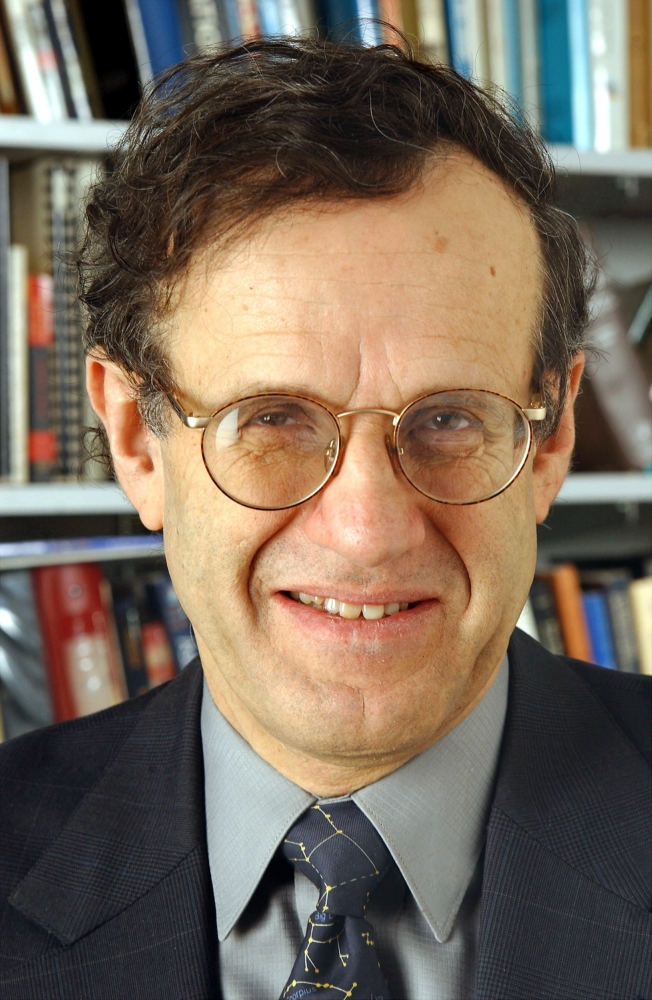
“Making Sense of Space…”
Biography:
Robert Rosner served as Argonne National Laboratory's Associate Director for physical, biological and computing sciences and as its Chief Scientist from 2002 until 2005, and as laboratory director from 2005 until 2009. A fellow of the American Academy of Arts and Sciences, his scientific specialty is plasma astrophysics–the physics of the sun and the stars. He led the collaboration of Argonne and University of Chicago scientists who created the Center for Astrophysical Thermonuclear Flashes and directed the center from its founding in 1997 until 2002. The center develops simulations of exploding stars with computer codes that can be adapted for application to other fields.
Abstract:
The aim of the talk will be to provide a bit of “history of science” background on how we humans have thought about space.
Jay Pasachoff
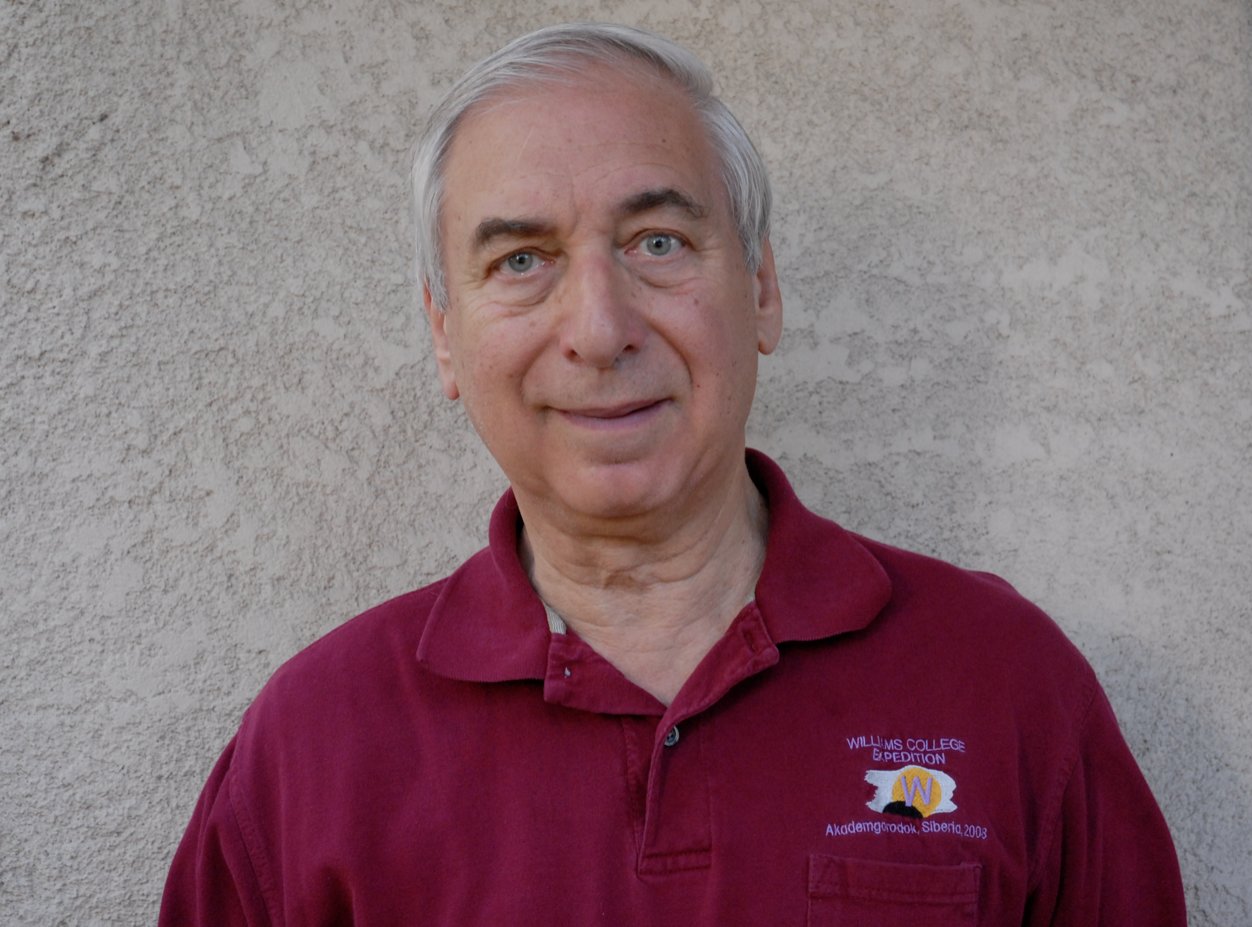
“The Solar Corona at Recent Solar Eclipses”
Biography:
Jay Pasachoff is Field Memorial Professor of Astronomy and Director of the Hopkins Observatory at Williams College, Williamstown, Massachusetts, and is currently on sabbatical at the California Institute of Technology. A veteran of 62 solar eclipses, he is Chair of the International Astronomical Union's Working Group on Solar Eclipses and a member of the American Astronomical Society's Solar Eclipse Task Force.
Bio continued:
His recent research includes studies of the dynamics of the solar corona studied from the ground at eclipses and from spacecraft, and the temperature and structure of the corona over the solaractivity cycle from images and spectra. He also studies the atmosphere of Pluto through observation of stellar occultations. His recent eclipse and other solar research has been supported by the NSF and the Committee for Research and Exploration of the National Geographic Society; his Pluto research has recently been supported by NASA. Pasachoff received the 2003 Education Prize of the American Astronomical Society and the 2012 Janssen Prize of the Société Astronomique de France.
Abstract:
I will discuss how we solar physicists observe the sun from eclipses on the ground and from satellites in space. Because the sun is so bright, the fleet of spacecraft to observe the sun is almost entirely different from the space telescopes that observe the rest of the universe. NASA's Solar Dynamics Observatory, the European Space Agency's Solar and Heliospheric Observatory, and the Japan Aerospace Exploration Agency's Hinode are examples of current spacecraft with telescopes to study the sun.
On August 31, 2017, a total solar eclipse's 70milewide band of totality will sweep across the Continental United States from coast to coast for the first time in 99 years, with its maximum point at Carbondale, Illinois, and 99% coverage of the solar diameter from Chicago. The zone from which the partially eclipsed sun will be visible includes all of the United States, Canada, and Mexico. But only during the 2+ minutes of totality will it get as dark as twilight and will the interesting solar phenomenasuch as Baily's beads, the diamondring effect, and totalitybecome visible. At that time, the beautiful corona will show streamers and other structure, held in place by the sun's magnetic field. The corona is about the same brightness as the full moon and equally safe to look at. But before and after totality even in the band of totality, or off to the sides of the band where only a partial eclipse is visible, one can look safely at the sun only with special partial- eclipse filters or by projection. Even when 99% of the sun is covered, the remaining 1% is nearly 10,000 times brighter than totality (or the full moon), so eyeprotection precautions are needed. Still, seeing an eclipse in general and totality in particular is so exciting and so remarkable that it can be inspirational for studentsnot only causing some of them to go into science but also inspiring them about their other academic studies. Coverage in the US will be over 70% of the solar diameter from Los Angeles and over 80% from Miami and New York, as the path of totality proceeds from Salem, Oregon, to Charlestown, South Carolina; cloudiness statistics from decades of satellite images are available.
I will not only describe the circumstances for viewing the 2017 eclipse, whether it is total or partial, but also show and discuss the beautiful images and spectra we have obtained at the most recent eclipses, including total eclipses in Gabon (2013) and Svalbard (2015) as well simultaneous space observations of the sun.
My work at solar eclipses has recently been supported by the NSF and the Committee Research and Exploration of the National Geographic Society.Brian Fields.
Brian Fields
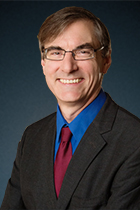
"When Stars Attack! In Search of Near-Earth Supernova Explosions"
Biography:
Brian Fields is a professor of Astronomy and of Physics at the University of Illinois, and the Astronomy department Chair. His PhD is from the University of Chicago, and he has been at Illinois since 1998. Prof. Fields is fascinated by the "inner space/outer space" connections that link the science at the smallest and largest scales. His research focusses on the highest-energy sites in nature--the big bang, exploding stars (supernovae), and high-energy particles in space (cosmic rays).
Abstract
The most massive stars are the celebrities of the cosmos: they are very rare, but live extravagantly and die in a spectacular and violent supernova explosions. While these events are awesome to observe, they can take a more sinister shade when they occur closer to home, because an explosion inside a certain "minimum safe distance" would pose a grave threat to Earthlings. We will discuss these cosmic insults to life, and present recent evidence that a star exploded near the Earth about 3 million years ago. Radioactive iron atoms have been found in ancient samples of of deep-ocean material, and are likely to be debris from this explosion. These data the first time allow sea sediments to be used as a telescope, probing the nuclear fires that power exploding stars. Furthermore, an explosion so close to to Earth was probably a "near-miss," which emitted intense and possibly harmful radiation.
Grace WolfChase
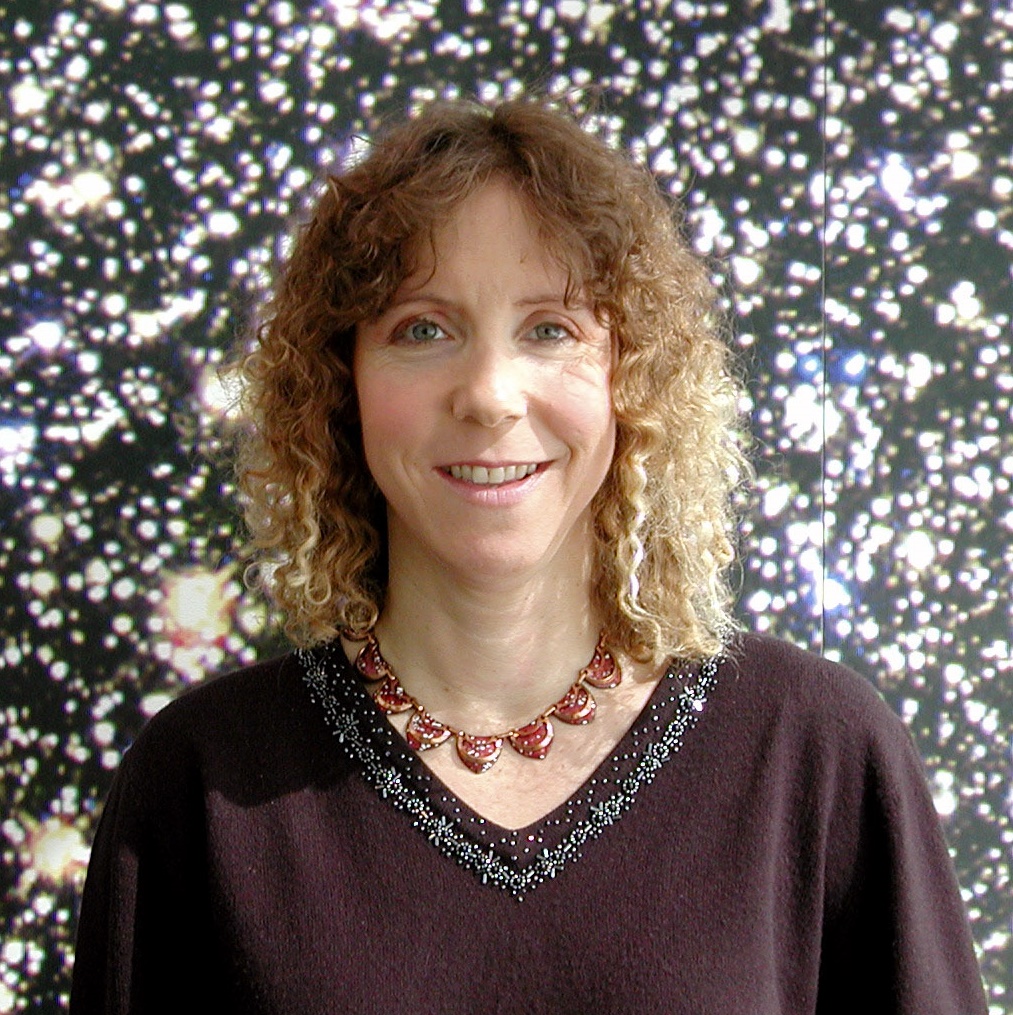
“From Renaissance Scholar to Citizen Scholar”
Biography:
Grace WolfChase is an Astronomer at the Adler Planetarium, an Associate at the University of Chicago, and an Affiliated Faculty member of the Zygon Center for Religion & Science in Hyde Park. She holds a Bachelor’s degree in Physics from Cornell University and a Ph.D. in Astronomy from the University of Arizona.
Bio. Continued:
In 1994, she was awarded a National Research Council postdoctoral fellowship to pursue star formation research at NASA/Ames Research Center in Moffett Field, CA, and in 1996 she was awarded a University of California President’s postdoctoral fellowship to continue these studies at UC Riverside. Her current position combines academic research with education and public outreach. WolfChase’s primary research interests include all aspects of the earliest stages of star formation in our Galaxy. She has published dozens of scientific papers in her field and is a member of the science team for the Milky Way Project, a citizen science initiative that is part of `Zooniverse’, the world’s largest and most popular platform for peoplepowered research. WolfChase resides in Naperville, IL with her spouse, and she has 3 children in college.
Abstract:
This presentation will highlight the power of harnessing the time and abilities of the general public to become collaborators with researchers exploring today's most significant scientific questions.
Zoltan Levay

“Visualizing Hubble’s Universe”
Biography:
Zoltan G. Levay (Zolt) is the Imaging Group Lead in the Office of Public Outreach at Space Telescope Science Institute in Baltimore, Maryland. Since 1993, he has primarily been responsible for producing publicly accessible images from Hubble Space Telescope data to illustrate Hubble’s science discoveries. He leads the Hubble Heritage Project, a team of astronomers within STScI striving to establish a repository of the visually finest Hubble imagery.
Bio. Continued:
Mr. Levay obtained a B.S. in astrophysics in 1975 from Indiana University, Bloomington, Indiana and M.S. in Astronomy in 1978 from Case Western Reserve University, Cleveland, Ohio. He was employed by Computer Sciences Corp. as an analyst and programmer with various space science missions at NASA’s Goddard Space Flight Center, Greenbelt, Maryland. He joined STScI in 1983, developing science analysis software, and joined the Office of Public Outreach in 1993 as an image- processing specialist.
Abstract:
The Hubble Space Telescope is NASA’s flagship space science mission. Hubble’s long duration and its position in space, providing an unobstructed view of the universe for over 25 years, has led to a dramatic impact on astronomers' knowledge of the universe. Hubble has also become familiar to many nonscientists around the world via the media and popular culture, and influenced everyone's understanding of astronomy. One of the many reasons for this is a growing gallery of dramatic, colorful images that show us wonders of the cosmos in more detail than ever before and help to communicate Hubble's science discoveries. A combination of objective techniques and more subjective, artistic principles are used in translating Hubble’s exquisite science data into engaging views of cosmic landscapes.
Scott Sandford
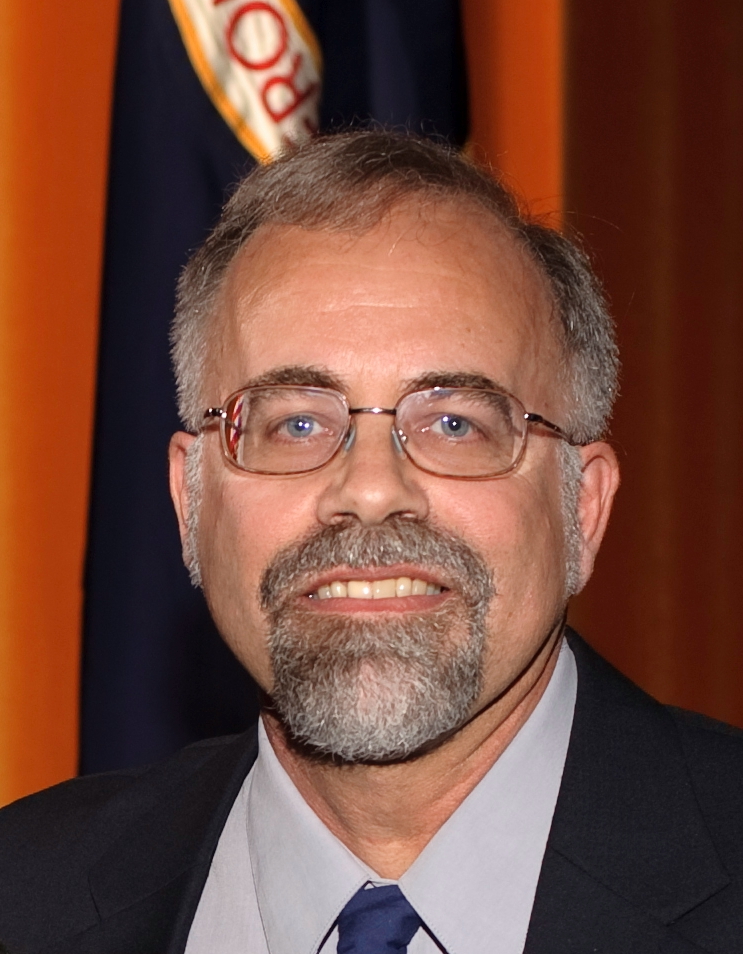
“The Role of Extraterrestrial Materials in the Origin of Life”
Biography:
Dr. Scott Sandford is a Senior Research Scientist at NASA’s Ames Research Center in Moffett Field, CA. He has over 30 years of experience within the fields of infrared spectroscopy, infrared astronomy, laboratory astrophysics, astrochemistry, and astrobiology, and the study of extraterrestrial materials (particularly meteorites, interplanetary dust particles, and comet dust).
Bio. Continued:
His experience includes the use of multiple laboratory analytical techniques, and groundbased, airborne, and spaceborne telescopes. He also has worked on a number of space missions, including sample return missions like NASA’s Stardust comet sample return and OSIRISRex asteroid sample return missions and the Japanese Hayabusa asteroid sample return mission. While his research work is quite varied, much of it is related to understanding various aspects of the origin of life.
Abstract:
It has been well established for some time now that Crich organic materials are relatively common in a number of environments in space. This is known through the telescopic detection of these materials using spectroscopy techniques in the infrared and submillimeter wavelength ranges and through the identification of organics in extraterrestrial materials. Extraterrestrial materials in which organics have been found include collected meteorites and interplanetary dust particles, and samples returned by NASA spacecraft from comets.
These organics are produced by a variety of astrochemical processes. Despite their abiotic origins, these organic materials of are considerable interest to astrobiology for several reasons. First, organic materials of any composition are important as a means of delivering the elements C, H, O, and N to the surfaces of newly formed planets, and these elements are likely critical to the origin and subsequent evolution of life (certainly for life as we know it). In addition, it is clear that at least a portion of the organics found in space are in the form of molecules that play important roles in modern biology – for example, molecules like amino acids, amphiphiles, quinones, etc. Thus, the delivery of extraterrestrial organics to planetary surfaces brings not only bulk C, H, O, and N, but also molecular complexity in forms that are potentially useful for the origin and early evolution of life.
This suggests that the production and delivery of cosmic organic compounds may have played key roles in the origin of life on Earth and, by extension, on other planets in the universe.
Eligar Sadeh
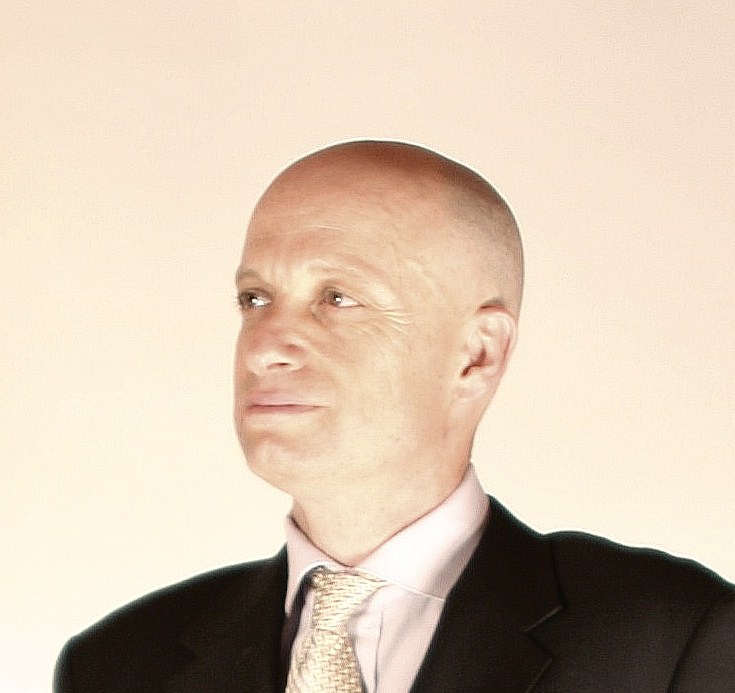
“Public Private Partnerships for the Development and Exploration of Space”
Biography:
ELIGAR SADEH, Ph.D. is an Aerospace Professional and Educator. He currently serves as President of Astroconsulting International, which empowers space, defense and environmental programs and projects with the critical technology management skills to optimize outcomes, and serves as Chief Editor of the academic journal Astropolitics.
Bio. Continued:
Previously, Eligar held professorships in Space and Defense Studies in the Center for Space Studies at the University of Colorado; College of Aerospace Sciences, Department of Space Studies at the University of North Dakota; and in the Eisenhower Center for Space and Defense Studies at the U.S. Air Force Academy. He also worked for Lockheed Martin Space Systems as an Aerospace Systems Engineer on NASA spacecraft, and served as a Research Associate with the Space Policy Institute at George Washington University. Eligar published a number of books and book chapters on space issues, as well as research papers in the academic journals of Space Policy, Astropolitics and Acta Astronautica. Most recent publications include volumes on Space Strategy for the 21st Century (Routledge, 2012) and Politics of Space (Routledge, 2010), and book chapters and papers covering Spacepower, Regulation of Satellite Remote Sensing, International Space Governance, Satellite Export Controls and Earth Observation Data Management. Eligar holds Ph.D., Master and B.S. degrees with subject matter expertise in Technology Management, Program/Project Management, Space Studies, Environmental Studies, International Studies, Science and Technology Studies, Systems Engineering, Engineering Leadership, Bioengineering and Bioastronautics, Remote Sensing and Astrophysics.
Abstract
The on-going development and exploration of outer space, including future Moon bases and human missions to Mars, will largely depend on the success of pubic-private partnerships. This talk reviews the dynamic between the governmental space sector (public) and the private space sector. The dynamic entails the development of space systems whereby the government provides risk reduction and capital formation programs, and establishes political and legal regimes, which enable the private space sector to support both governmental and commercial space activities.
Charles Blanchard

“Space & National Security”
Biography:
Charles Blanchard, who previously served as the General Counsel of the Air Force and the Army, works with clients in the contracting and national security communities, drawing upon his experience in government and private practice, providing unique insights into doing business with the federal government. He represents major US and foreign defense and aerospace companies on a wide range of national security and government contracts issues, including transactions, internal investigations, cybersecurity and sensitive national security issues.
Bio. continued:
This has included advising companies on the unique issues raised in acquiring companies that do highly classified work for the government, bid protests, data rights disputes, Trade Agreements Act and Buy America advice, suspension and debarment defense, CFIUS and global foreign investment review advice, and advice on compliance with US government cybersecurity and supply chain requirements. He serves on the Board of Trustees of the Aerospace Corporation.
Abstract:
From GPS to surveillance, space has become vital to the national security of the US. In recent years, these national security assets have also become vital to our economy as well, as tools previously used only used for atonal security are used for commercial use as well. This talk will focus on these and other trends in national security space.
David Livingston
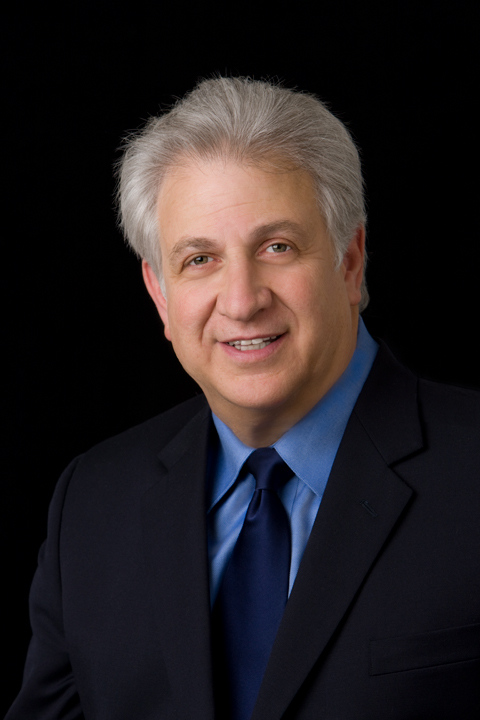
“Public Private Partnerships for Space Development: the Power of Success”
Biography:
Dr. David Livingston founded The Space Show radio talk show program (www.thespaceshow.com) in May 2001 and now approaching 2,700 live programs/interviews. He later formed the 501C3 One Giant Leap Foundation, Inc. as a 501C3 nonprofit to fund The Space Show and support space education. Dr. Livingston is the host of The Space Show® which broadcasts four program per week In addition, he is the cohost of the weekly Hotel Mars segment on the nationally syndicated John Batchelor Radio Show.
Bio. continued:
In addition, Dr. Livingston is an adjunct professor at the University of North Dakota Graduate School of Space Studies. He teaches graduate level courses in space commerce, economics, ethics, policy, and management classes. He has also served as an adjunct professor in the Graduate School of Business at Golden Gate University in San Francisco teaching Entrepreneurship and Small Business Management. Dr. Livingston has guest lectured in various classes at other universities including Stanford University, Sonoma State University, and the University of Southern California. He earned his BA from the University of Arizona, his MBA in International Business Management from Golden Gate University in San Francisco, and his Doctorate in Business Administration (DBA) also at Golden Gate University. His doctoral dissertation was titled Outer Space Commerce: Its History and Prospects.
Livingston has spoken at or presented papers at more than two dozen national and international space conferences, both reviewed and not reviewed. His lecture topics include venture capital for space investments, RLVs and space tourism, effective business, strategic and assumption making and planning, along with developing the solutions to the barriers to space enterprise. Livingston has also spoken at Rotary Clubs on topics including space, tracing the dollars spent on space through the economy (the multiplier effect), business ethics and corporate responsibility for offEarth business ventures and New Space Industries. These and related topics are frequently discussed on The Space Show. Dr. Livingston wrote a Code of Ethics for OffEarth Commerce which has been widely published, revised, and updated. He has appeared as a guest on the on national radio programs discussing space commerce and tourism or space news events.
He has also appeared on international radio shows regarding timely space news events. Dr. Livingston was a contributing author to the book, Beyond Earth: The Future of Humans In Space. His chapter, “Making Space A Popular Goal,” documented how to move forward to a spacefaring culture. Dr. Livingston contributed a chapter in the space ethics book stemming from the “Space Science, Environmental Ethics, and Policy Conference" which was held at NASA Ames in April 2007 and funded by the National Science Foundation. Dr. Livingston’s chapter addressed lunar economic development, lunar access, and marketing these efforts for capital acquisition.
When not teaching, occupied, or working with space matters, Livingston is a business consultant, financial advisor, and strategic planner. For more than thirty years he has worked in oil and gas exploration, real estate development, the finance and security industry, as well as the direct marketing industry. . He is an avid reader, photographer, licensed California real estate broker, a NAUI SCUBA instructer, and a licensed private single engine land and sea pilot. His rescue Siberian Husky "Pepper" is with him during most Space Show programs plus they enjoy frequent walks together around The San Francisco Bay.
Abstract:
The space economy is one of the brightest, most exciting, inspiring, fulfilling, promising, and globally beneficial components of our overall economy. While there are other dynamic sectors in our economy, one would be hard pressed to match the potential offered by commercial space development. PublicPrivate Partnership (PPP) is a significant driving force behind the space economic transformation now underway. This talk will focus on the importance and value of a successful PublicPrivate Partnership (PPP) for space development.
Eric Rabkin
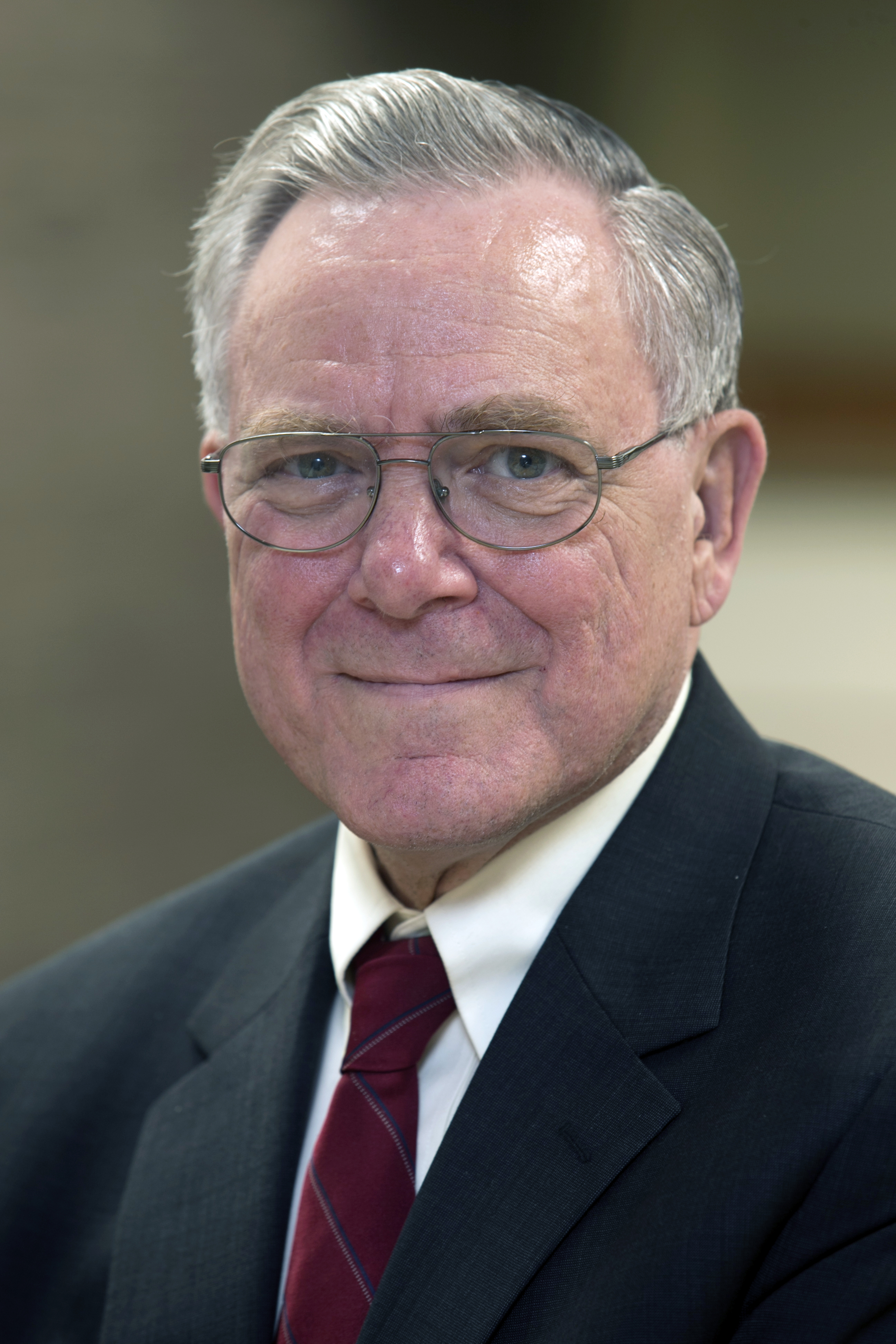
“Replacing the Heavens: A Space Anatomy”
Biography:
Eric S. Rabkin (www.umich.edu/~esrabkin) is Arthur F. Thurnau Professor Emeritus, Professor Emeritus of English Language and Literature, and Professor Emeritus of Art & Design at the University of Michigan in Ann Arbor. Among his nearly two hundred publications are Science Fiction: History, Science, Vision (with Robert Scholes, 1977); Mars: A Tour of the Human Imagination (2005); and Visions of Mars: Essays on the Red Planet in Fiction and Science (ed. with Howard Hendrix and George Slusser, 2011). He created the world's first writingintensive Massive Open Online Course, Fantasy and Science Fiction: The Human Mind, Our Modern World (2012). His awards include the Pilgrim Award (2010), given for Lifetime Achievement by the Science Fiction Research Association, and the Golden Apple Award (2006), given by students for the outstanding teacher at the University of Michigan.
Abstract:
Space and its places are projective domains. The state of our knowledge (and beliefs) predisposes and restrains our senses of Space and Its Places as phenomenological complexes (parallel to fire, water, light, wind, and so on). Since our knowledge (and beliefs) evolve, the uses of Space and Its Places at different cultural moments reflect changing knowledge (and beliefs) as well as diverse aims. This presentation will explore examples of this cultural evolution drawn from religion, poetry, psychology, fiction, art, industrial design, architecture, and film.
Robert Scherrer
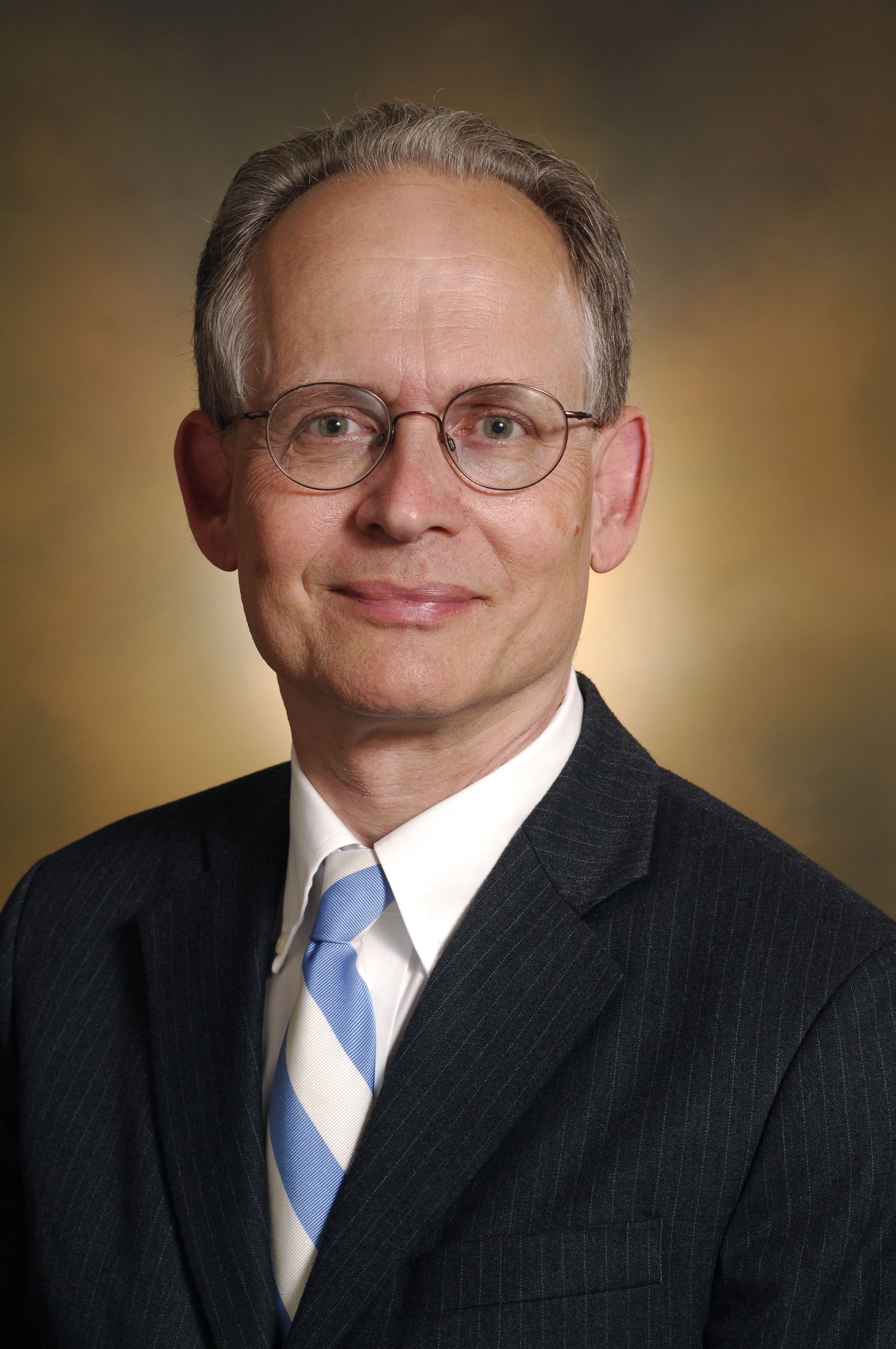
"Science Fiction and the Cosmic Speed Limit"
Biography:
Robert Scherrer is a cosmologist at Vanderbilt University, where he also serves as chairman of the Department of Physics and Astronomy. He received his A.B. from Princeton University in 1981, and his Ph.D. from the University of Chicago in 1987. He is the author of more than 100 scientific papers, a quantum mechanics textbook, and a dozen science fiction short stories. He teaches a course on science and science fiction at Vanderbilt and maintains a blog on the same topic at www.cosmicyarns.com
Abstract
To the dismay of science fiction readers, Albert Einstein showed that nothing can go faster than the speed of light, crushing our childhood dreams of vast intergalactic civilizations tied together by gleaming spaceships hurtling through the cosmos. So how have science fiction writers dealt with this cosmic speed limit? Their solutions have ranged from ignoring it entirely (warp factor 5!), postulating ways to evade it (wormholes), or trying to live within the known laws of physics. It’s the last of these that has produced some of the most creative and memorable ideas in all of science fiction, including the generation ship and elaborate tales of time dilation. I’ll discuss the ways in which science fiction writers’ approaches to the cosmic speed limit have shaped their stories.
John Hemry
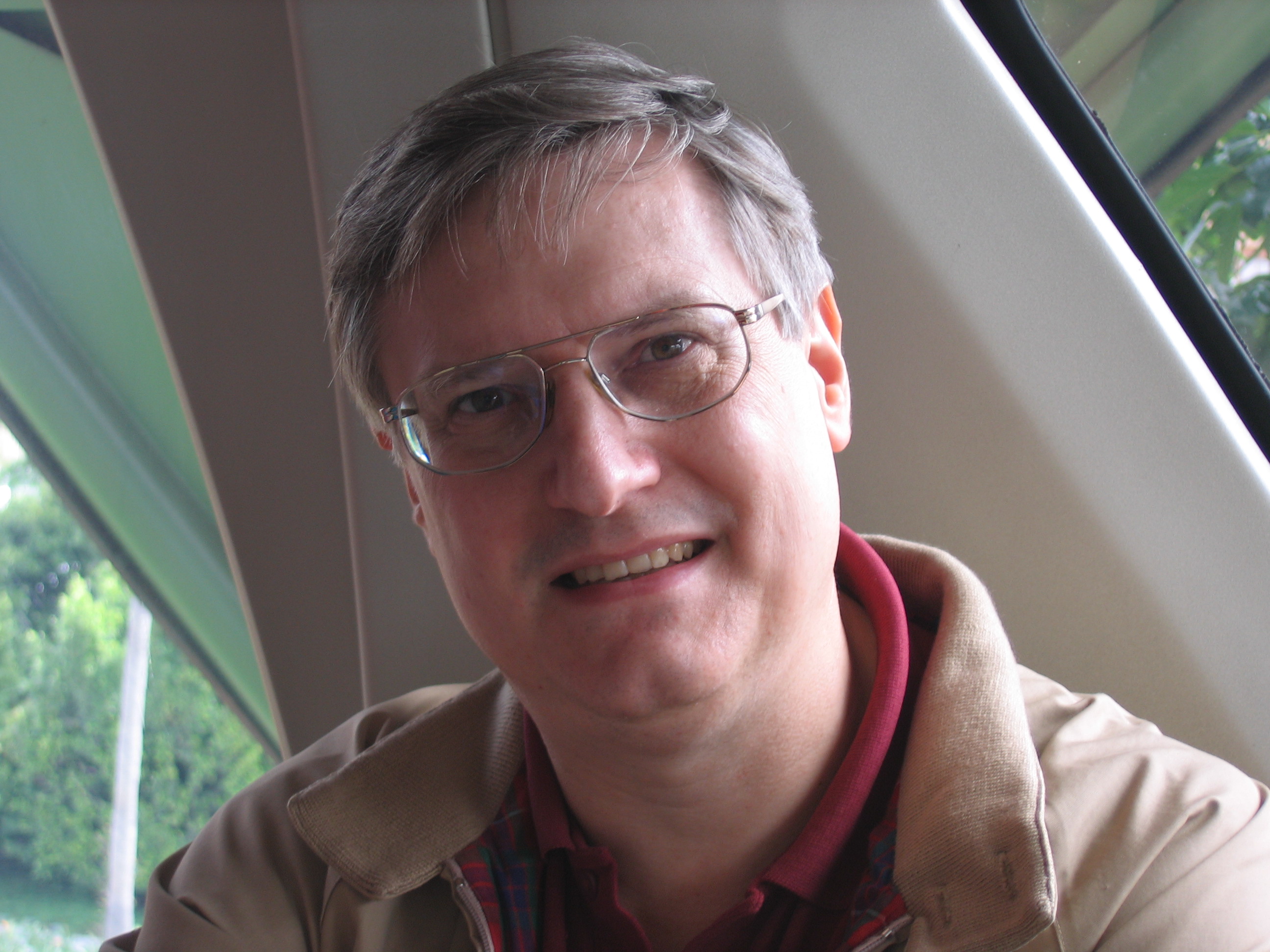
“Space from a Sailor’s Perspective”
Biography:
John G. Hemry writes under the pen name Jack Campbell. He is the author of the New York Times bestselling Lost Fleet series, The Lost Stars series, and The Pillars of Reality series. His short fiction includes time travel, alternate history, space opera, military SF, fantasy, and humor. He is also the author of a presentation on “Everything I Needed To Know About Quantum Physics I Learned From The Three Stooges”. John is a retired US Navy officer. He lives in Maryland with his indomitable wife “S” and three great kids (all three on the autism spectrum).
Abstract:
Experience as a sailor in the US Navy impacts how space, spaceships, and those who ride those ships are portrayed in my fiction. Most stories about space try to omit space to simplify the action, but when the unique characteristics of space are included, the story grows more interesting and engaging. Dealing with vast distances and an unconfined three dimensional environment creates new challenges for characters and makes the reality of space come alive for the reader. Science fiction has a long history of asking questions that haven’t been confronted yet, and of bringing to life places and conditions that very few or no people have yet experienced. By showing the real aspects of space, what will be needed in the ships that traverse it, and what kinds of men and women will seek the stars, we can tell engaging stories, provoke serious perspectives, and have some fun.
Robert Buettner
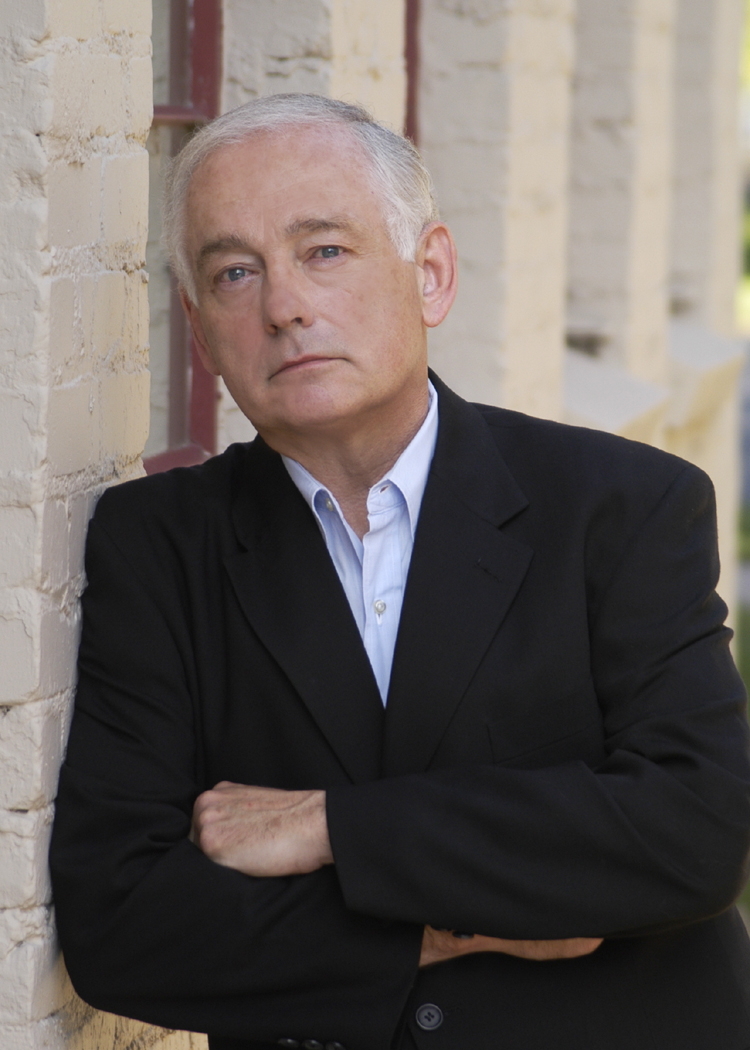
“Did Science Fiction Murder Its Child?”
Biography:
National bestselling author Robert Buettner’s debut novel, Orphanage, 2004 Quill Award nominee for Best SF/Fantasy/Horror novel, was called “one of the great works of modern military science fiction.”
Bio. Continued:
Adapted for film for Davis Entertainment (Predator, I Robot, Eragon), Orphanage and other books in Robert’s Jason Wander series have been translated into Chinese, Czech, French, Japanese, Russian, and Spanish. Robert was a 2005 Quill nominee for Best New Baen Books will release Robert’s ninth novel, The Golden Gate, in January, 2017. A longtime Heinlein Society member, he wrote the Afterword for the reissue of Robert A. Heinlein’s classic Green Hills of Earth/Menace From Earth short story collection. Robert’s own short fiction appears regularly in various print and online venues, and he served as the author judge for the 2011 National Space Society Jim Baen Memorial short story writing contest.
A former U.S. Army intelligence officer and National Science Foundation Fellow in Paleontology, Robert practiced law in the U.S. federal courts, before courts and administrative tribunals in no fewer than thirteen states, and in five foreign countries. He lives in Georgia with his family and more bicycles than a grownup needs. Visit him on the web at www.RobertBuettner.com.
Abstract:
An author’seye recap of science fiction’s role in space exploration, in the genre’s past, and in its future.
Science fiction’s report card, both as a predictor of the future and as a reflector of the times in which it was written.